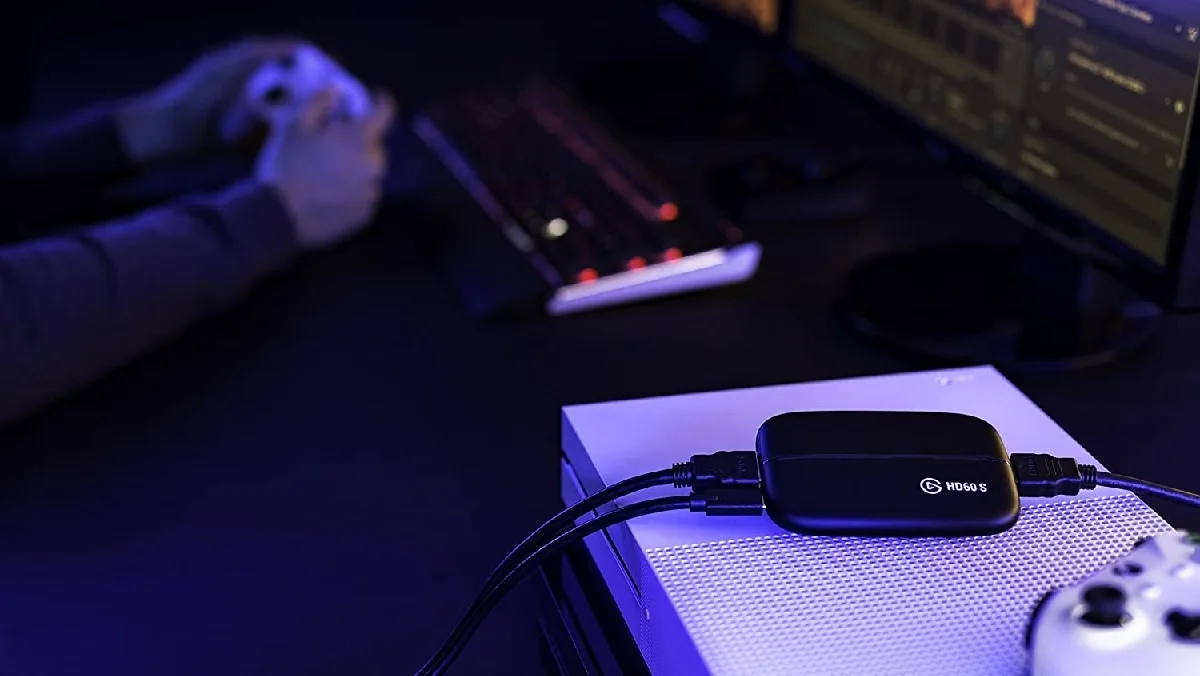MANET: A General Guide
MANET (Mobile Ad Hoc Network) on the other hand is a decentralized form of network connection that instead of connecting each node to a main network system, connects each node to form a network of its own. The choice of providing data is purely based on the dynamic allocation of which node is supposed to be providing all the data and this all depends on the connectivity of the devices and the type of routing algorithm that is being used. Ad hoc can be defined in simpler terms as a means of interacting with other devices in the Windows OS to interact with other devices without being connected to any sort of centralized network.
We are constantly connected to a single network at all times today, whether it be your home wifi, public wifi, or your cellular internet service provider. But, these are all centralized forms of network, meaning that they have a pre-existing infrastructure to be depended upon and they connect on that basis.
Since every single node is mobile and is connected dynamically in a self-optimizing way, they are allowed to move at any random pace as the architecture of the nodes changes frequently. Each of the nodes that are connected to this network can act as a router and provide data to the other nodes.
MANETS typically work between the frequencies of 30MHz and 5GHz and can be used for various sensors especially for road safety and to detect any sort of natural disaster, environment, defense fields, and robotics.
In this article, we would be discussing the various characteristics and working of MANET, so without further ado, let’s proceed.
Also Read:
Feature of MANETS
- Any sort of hardware or physical infrastructure or equipment is not equipped nor necessary for MANETS to function. The devices that are connected through this network system communicate with each other and exchange data continuously and autonomously.
- It is self-healing, which means that if any sort of connection is broken to any of the nodes that are connected to the network, it can be re-configured and connected back to the network without having to trigger any sort of action.
- Data Packets are exchanged with the devices with each device acting as a router as well as acting as a receiver. Hence, in this sort of network, every device is to be considered as a router as well as the receiver as this is the primary medium of sharing data.
- They are also commonly known as WANETS (Wireless Ad Hoc Networks).
Also Read: Cookies: Everything you need to know
How do MANETS work?
As we have discussed previously how each device that is connected to the network works as both a receiver and output, let’s try to go in with brief points to understand the process as to how MANETS work.
- Generally can work extensively as an individual as well as a group of devices that are connected such as the internet.
- Any sort of hardware or access points are not used whatsoever, as the devices don’t connect to any sort of infrastructure centralized network system.
- Every single node is connected independently and directly to all sorts of nodes.
- The devices that intend to share information and data connect directly to the required device and form this whole network system.
- Each device is connected to every single node directly or indirectly, this means that if a node is too far away, they share information with nodes in between the parent node and the child node as a means to communicate with each other and pass on information until the receiving node receives the intended information or data.
- Devices can be added or removed dynamically at any time allowing them to join or leave any network at any point of their concern.
Applications of MANETS
While it proves itself to be so useful, MANETS are used industrially and commercially with quite some fame to it. Some of the uses include cooperative mobile data exchanges as well as military networks that need reliable mobile wireless communication to function with each other. Some of the other uses that are very commonly used are listed below.
- Wireless Mesh Networks
- Wireless Sensor Networks
- Tele-Geo processing applications
- Education through the trusty sources of the internet
- Vehicular Area networks
- Virtual Navigation through GPS systems
- Telemedicine
- Various disaster management applications.
These are just some of the few uses that can be named.
Conclusion
With this, we wrap up our article and hopefully, this was educational and great to learn from. MANETS can form the future of communications in more than one way and hence, is advisable to be making great use of it.




